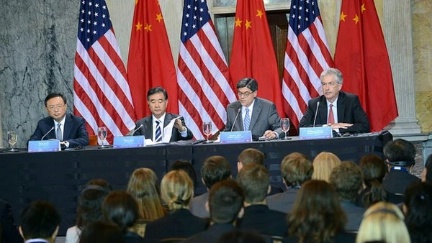
(19 July 2013) The Hindustan Times reports that the Indian Army plans to create a 45,000-man mountain strike force along it northeast border. The strike force, to be based in West Bengal will take seven years to stand up. It will have the capability to mount incursions into the Tibet Autonomous Region. The Times says the force will be equipped with ultra-light howitzers, artillery pieces, unmanned aerial vehicles, radars and specialized mountain equipment.
The news comes after a three-week standoff in April this year in which a People’s Liberation Army (PLA) platoon-sized unit occupied disputed territory in the Ladakh region. The standoff was settled peacefully with both sides withdrawing, but clearly showed China’s advantage in the region, particularly in the area of infrastructure allowing rapid troop deployment.
Earlier this month, India’s Defense Minister, Mr. A.K. Antony paid a visit to China from July 4-7 at the invitation of China’s Defense Minister, Gen. Chang Wanquan. A joint statement issued by both parties to the meeting stressed the need for cooperation and the exchange of military personnel.
 日本語
日本語 English
English 中国語
中国語